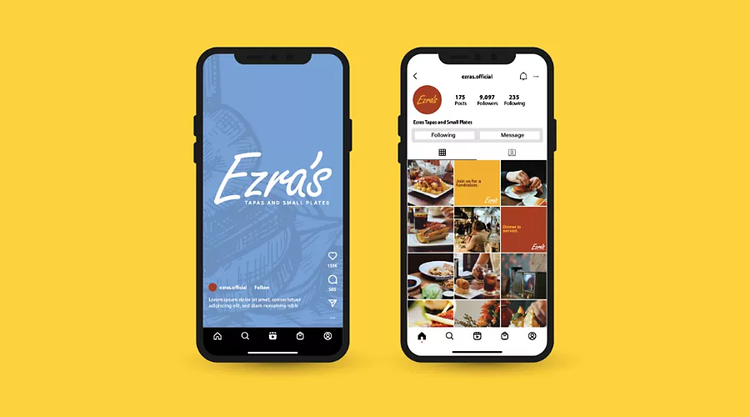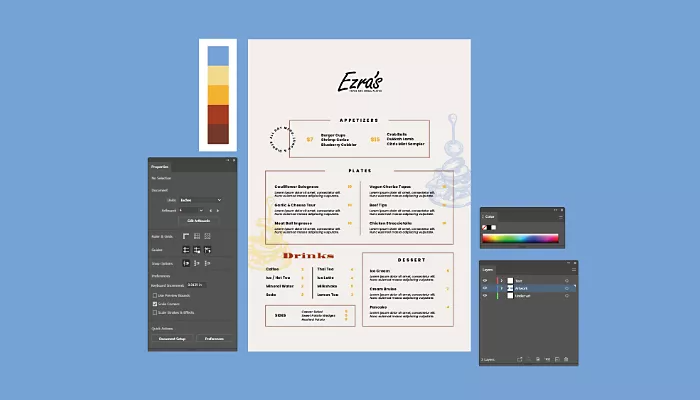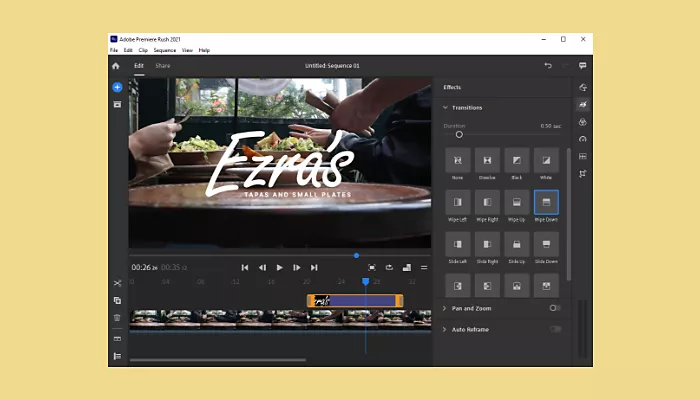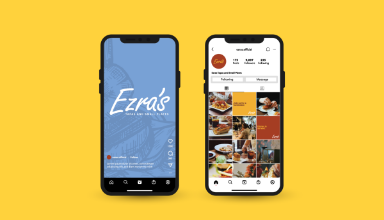Pivot and grow your business with dynamic branding and marketing strategies.

Donze’s French culinary business had been a B2B company, selling to other businesses nearby. But when the COVID-19 pandemic disrupted his business model, he made a quick pivot, repackaging his products for individual consumers. He began to ship products and do fresh delivery, both locally and nationally. His team designed illustrations of cheese to include on cards and magnets with each shipment to generate recurring orders. And he started posting on social media and sending out newsletters to get in front of the customers who were no longer passing by his shop on their way to work.
The branding and marketing strategies that help you succeed in the startup stage aren’t the same as the strategies you need to help a business grow. And — as many business owners like Donze have learned — those strategies are different from what you need when you have to pivot. As a creative leader, you can help set the business up for success by developing a brand that meets your customers’ needs and ties into the company’s larger goals at every stage of growth.
Build your brand.
Regardless of what stage your company is in, it’s important to build visibility and credibility with your target customer base. Humans are emotional beings, and we’re exposed to hundreds of ads a day. To stand out from the noise, develop a brand identity that helps you build a solid emotional connection with your current and potential customers.
“Brands need to clearly articulate their story, their mission, and how their products and services will uniquely deliver a positive experience for their customers,” says Adeline Bertrix, principal product marketing manager at Adobe. “You can bring that story to life through images, videos, designs — whatever you create, you have to make sure it makes an impact and connects with your audience.”
Your brand identity can be felt through the name of your company, the logo, the color scheme, the visuals, the fonts, the tone of your web copy, and the way you communicate with customers. And according to Forbes, keeping your brand identity consistent can increase your company’s revenue by up to 23 percent. Customers like to know who they’re working with, and they like to know exactly what kind of experience they can expect to have when they approach a company. Maintaining a standard set of brand guidelines helps provide that.
When thinking about how you want your brand to be recognized visually, consider the tactics big corporations use. Having customers associate your company with a specific color goes a long way in securing brand recognition — Netflix is red, Facebook is blue, Apple is white. Find a scheme that communicates your brand’s identity and differentiates you from your competitors. Stick to that color or colors across all communications and products.

Grow your business through hard times.
If you’re at a point where your company has a strong foundation and is ready to grow, it’s time to expand your reach. Money will be tight, and even if you have a solid proof of concept, you still have a limited marketing budget. With a thoughtful approach, you can connect with your customers across the channels they use the most — without breaking your budget.
Four out of five creative professionals believe “consumers expect fresh content at their fingertips today more than ever before,” according to a Forrester study.
“There is a greater demand for custom content now than ever before,” Bertrix says. The idea of creating custom content for each of your audience segments and channels may seem daunting. But with the right design tools, you can take a single piece of content and scale, update, and adapt it for use with all of your customers, wherever they are, while maintaining brand consistency.
Social media and email are two of the most effective ways to reach your customers directly at a low cost. Short promotional videos make an especially powerful impact on social media. Customize your video with graphic and text overlays specific to your business, add animated effects to the titles, and save the finished asset to your library to make it accessible to your whole organization.

Pivot your business using collaboration features.
No one can avoid change. Your company may decide to go after a new market, or you may need to adjust your products or services because of changing customer needs, a new competitor, an economic downturn, a public health crisis, or other external factors.
“In times of change, consumers are looking for a trusted voice to guide them,” says Hannah Davidson, senior art director at The Stoke Group and instructor at Laguna College of Art and Design. “People don’t want to see a product. They want to see a solution to a problem. Put your customers first and show them through your marketing that you’re going through the change together.”
Collaboration is always top of mind for creative professionals, but it becomes even more important when your company is pivoting — especially if your team members are working remotely.
Using design tools with built-in collaboration features allows every team member to create, share, and reuse brand elements from any location. Everyone in your organization can access the same assets, so the most up-to-date versions are always available and your employees aren’t limited by what they can access from their home computer. And choosing a solution that offers company-wide licenses adds an extra layer of business control that is especially valuable during times of transition.
Take advantage of all the tools available to you as you pivot and keep customers in the loop. Let them know that you’re still here, but you have a new message that will make their experiences with you even better.
Donze navigated the COVID-19 pivot in a way that refreshed La Fromagerie’s brand. His new marketing tactics and memorable cheese illustrations have built customer loyalty, and even though the business looks different now, he’s making it work — and laying the foundation for future growth. Marketing tactics change as your company grows and changes, but a strong brand identity will always be an essential element of a winning strategy.
Adobe can help.
Adobe Creative Cloud for teams gives you the world’s best creative apps and services in a single, secure, integrated platform. With 20+ desktop and mobile apps, Creative Cloud Libraries for keeping assets in sync across apps and devices, and 1TB of storage per user, this complete creative software solution is designed to support your business at every stage of growth. Plus, you can count on simplified license management and total control over your software to help your team stay focused on creating great work.
